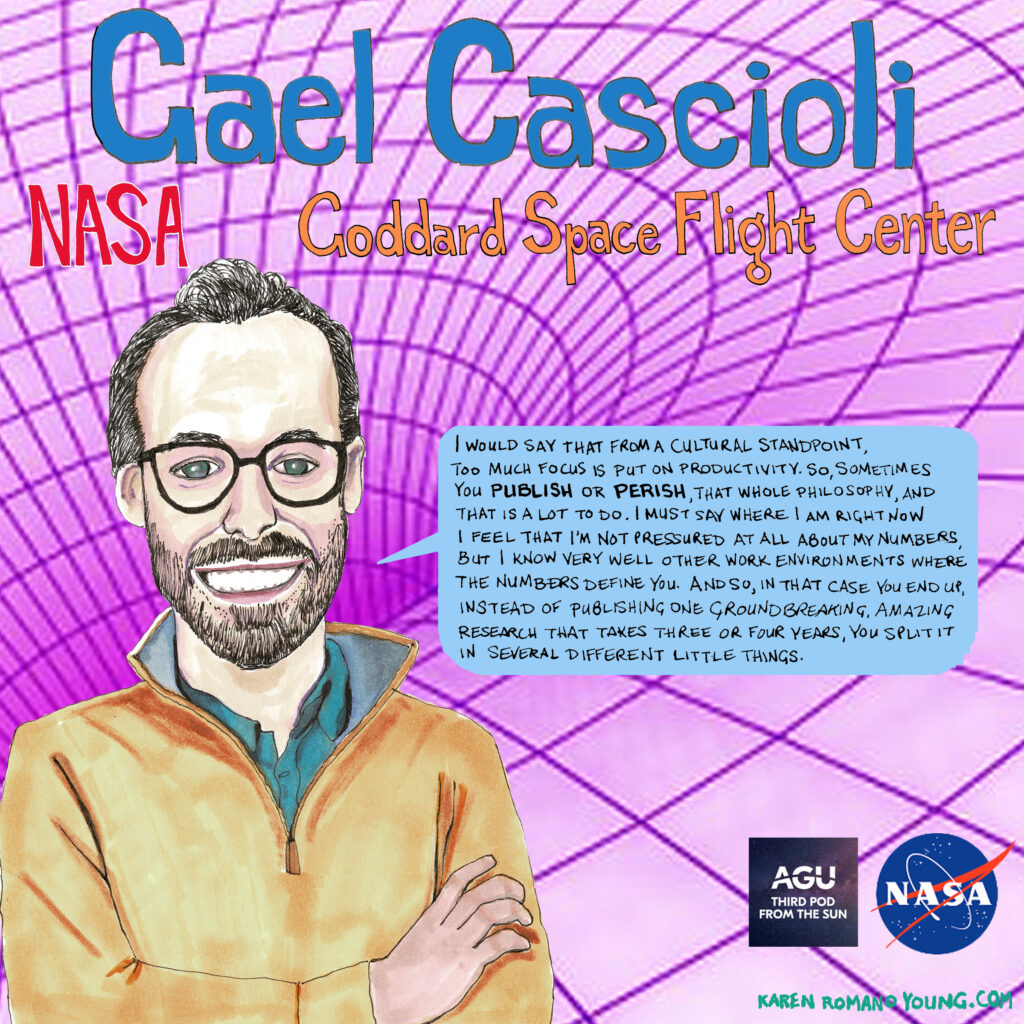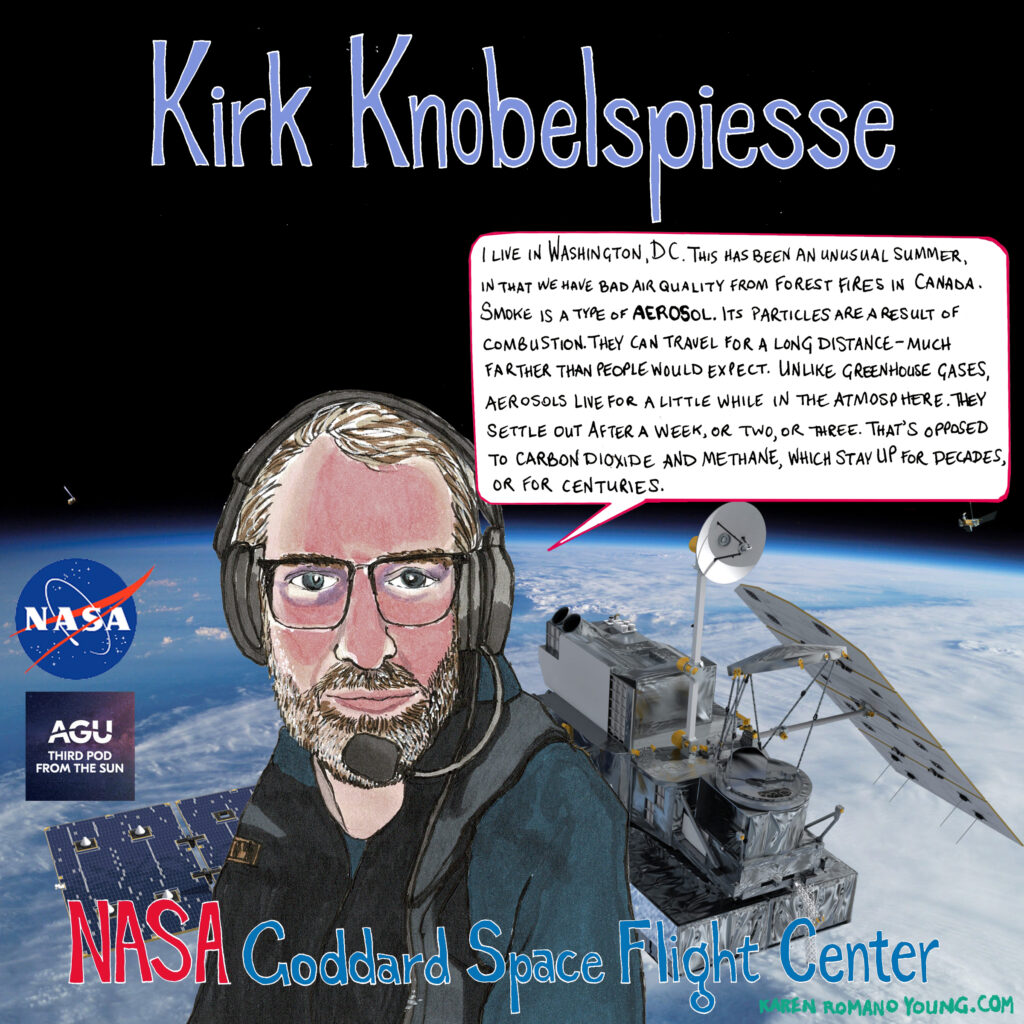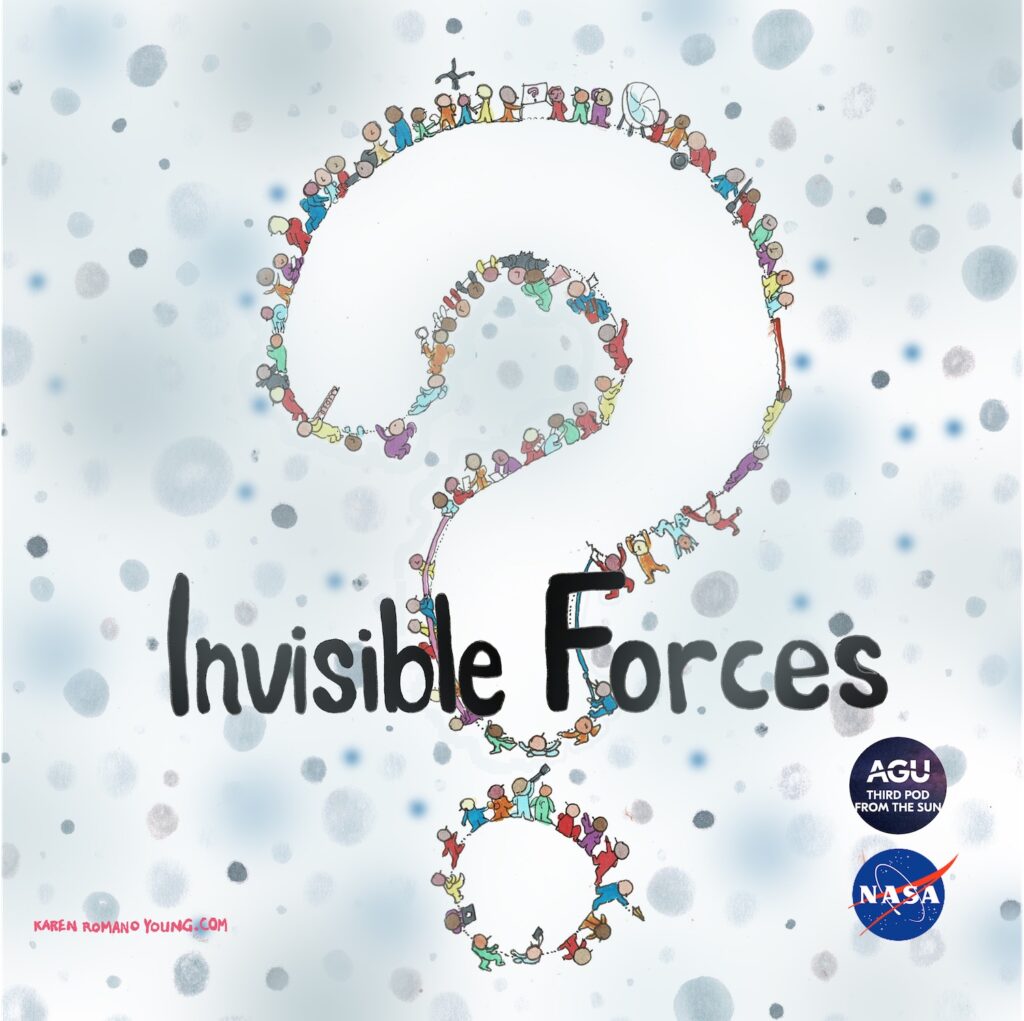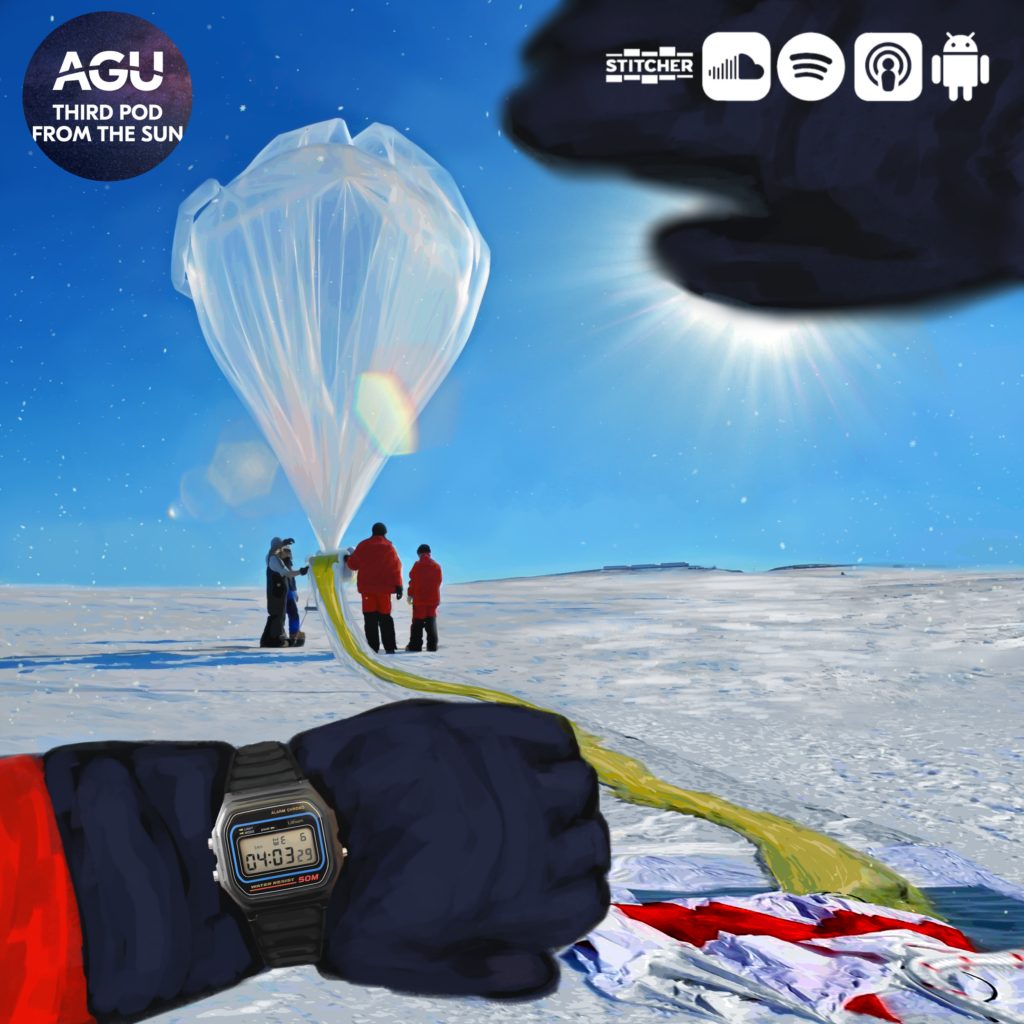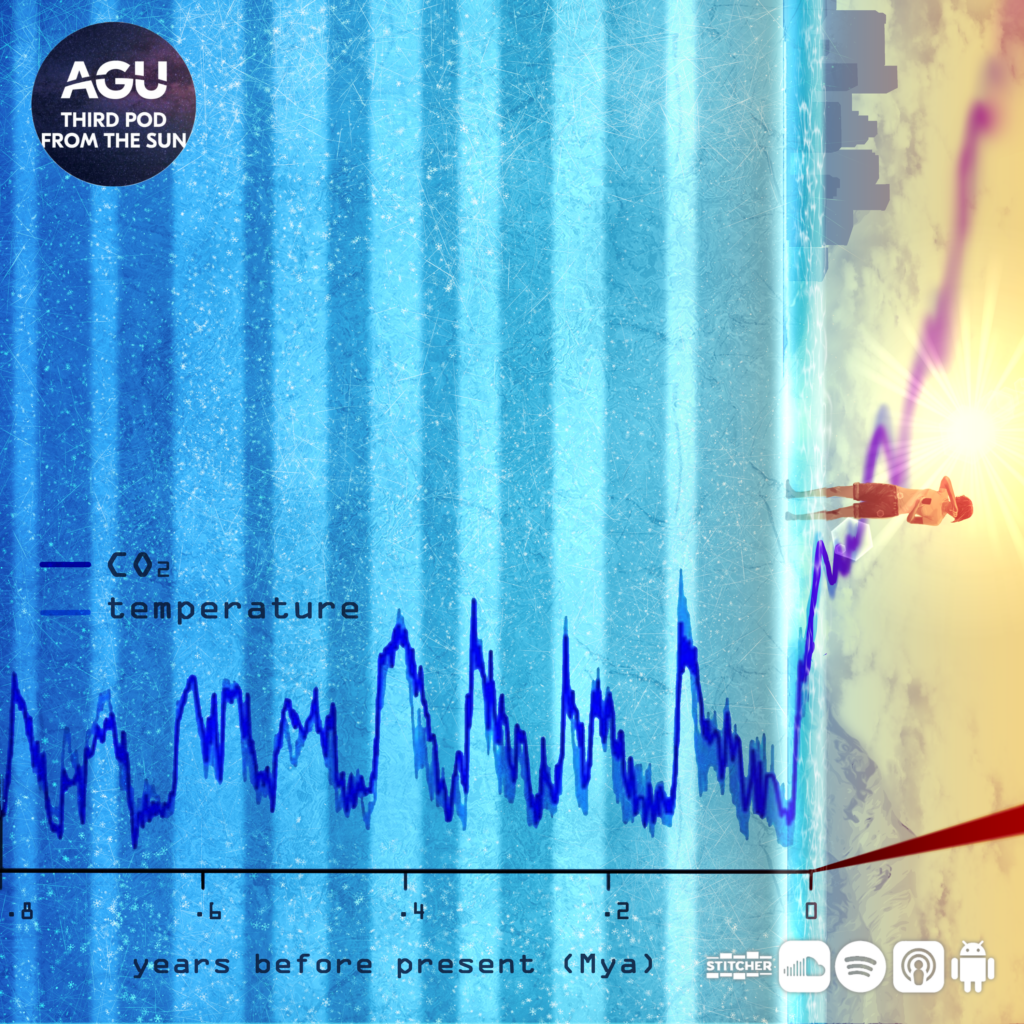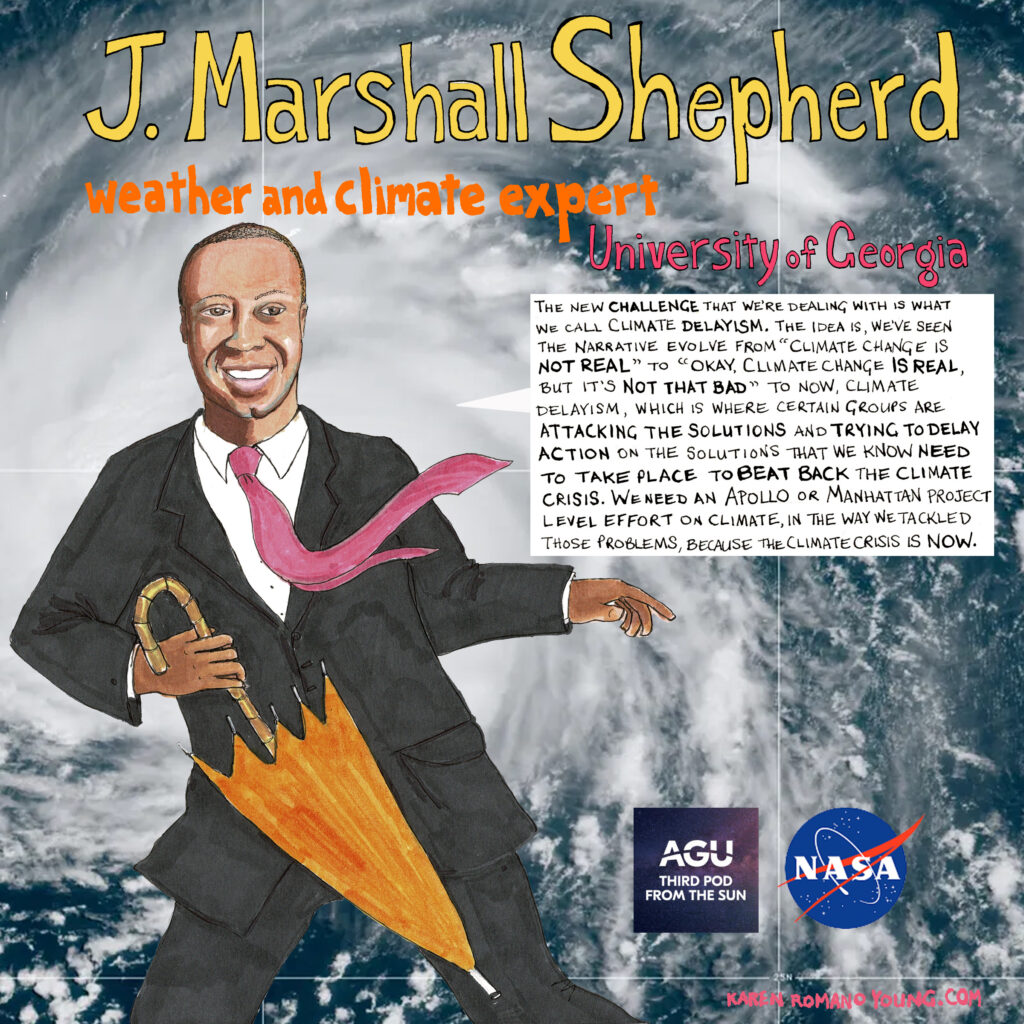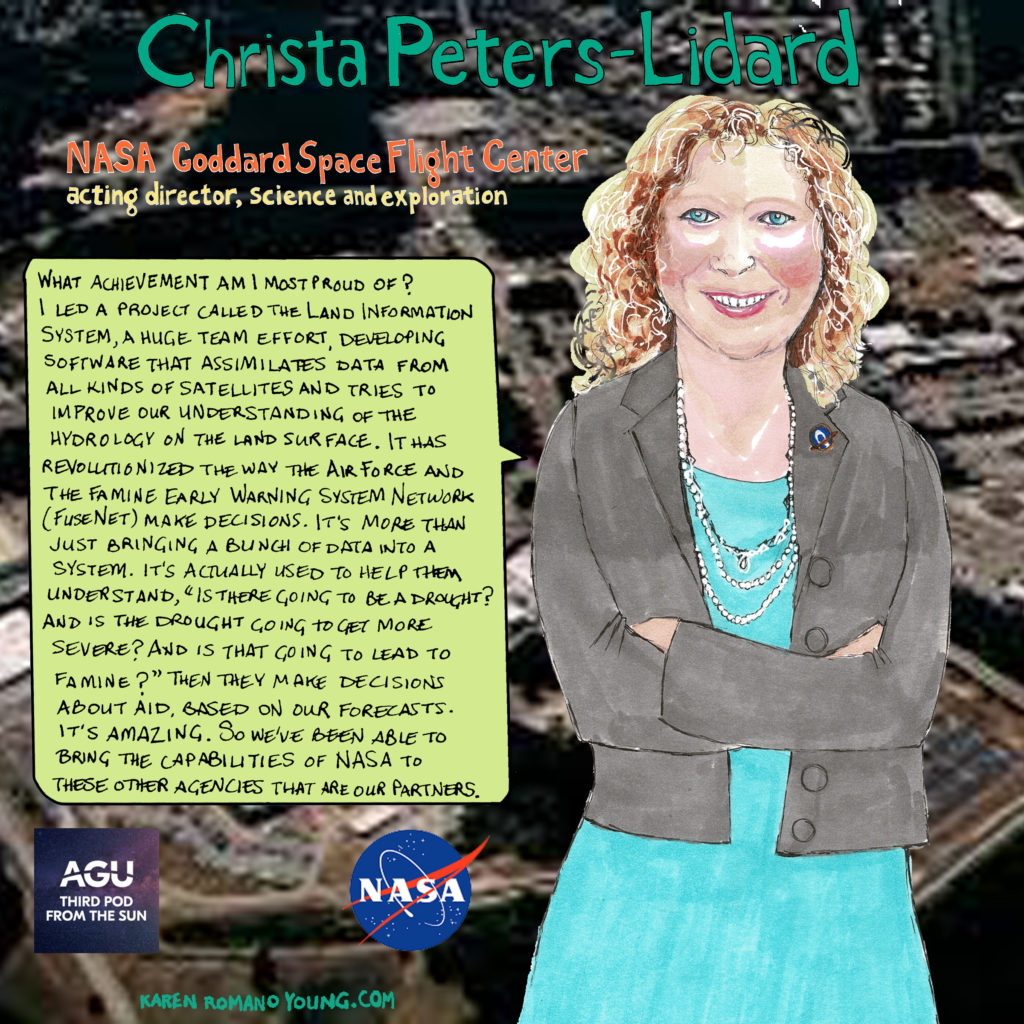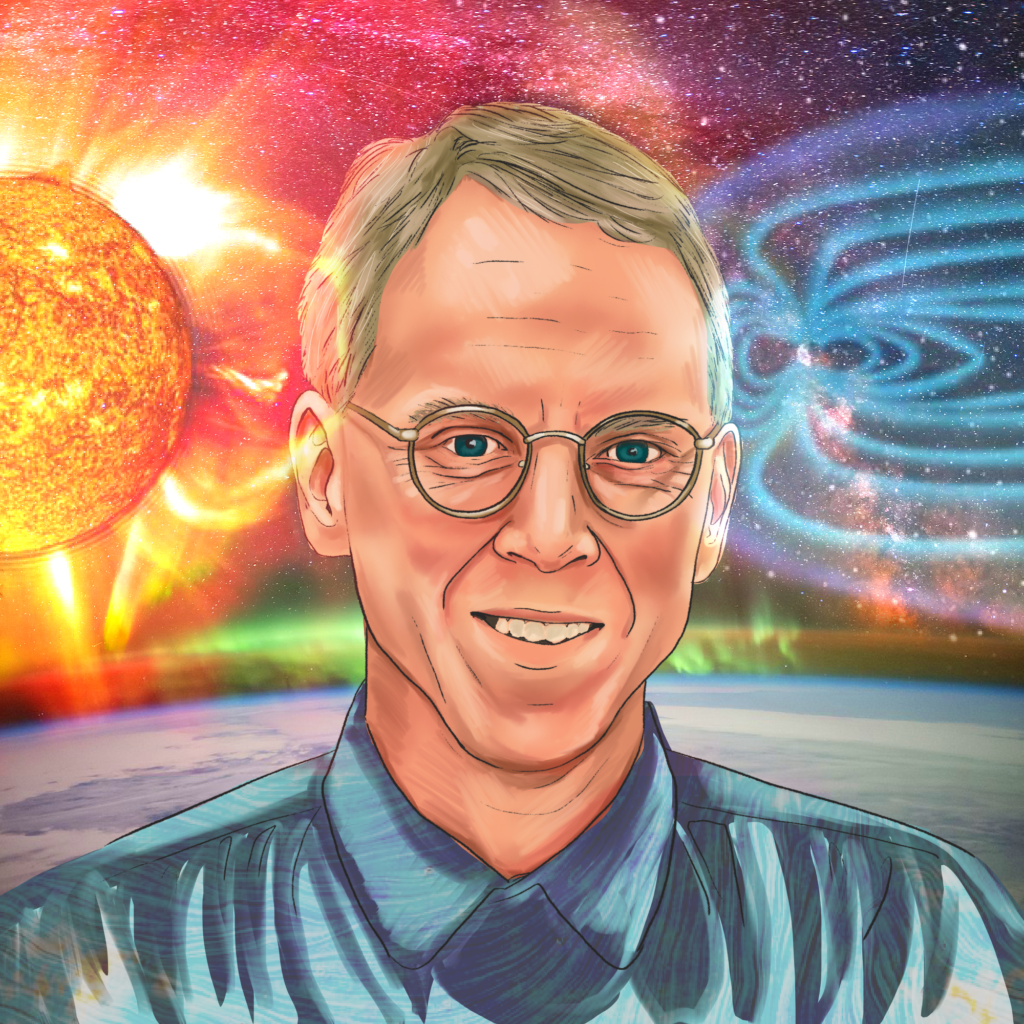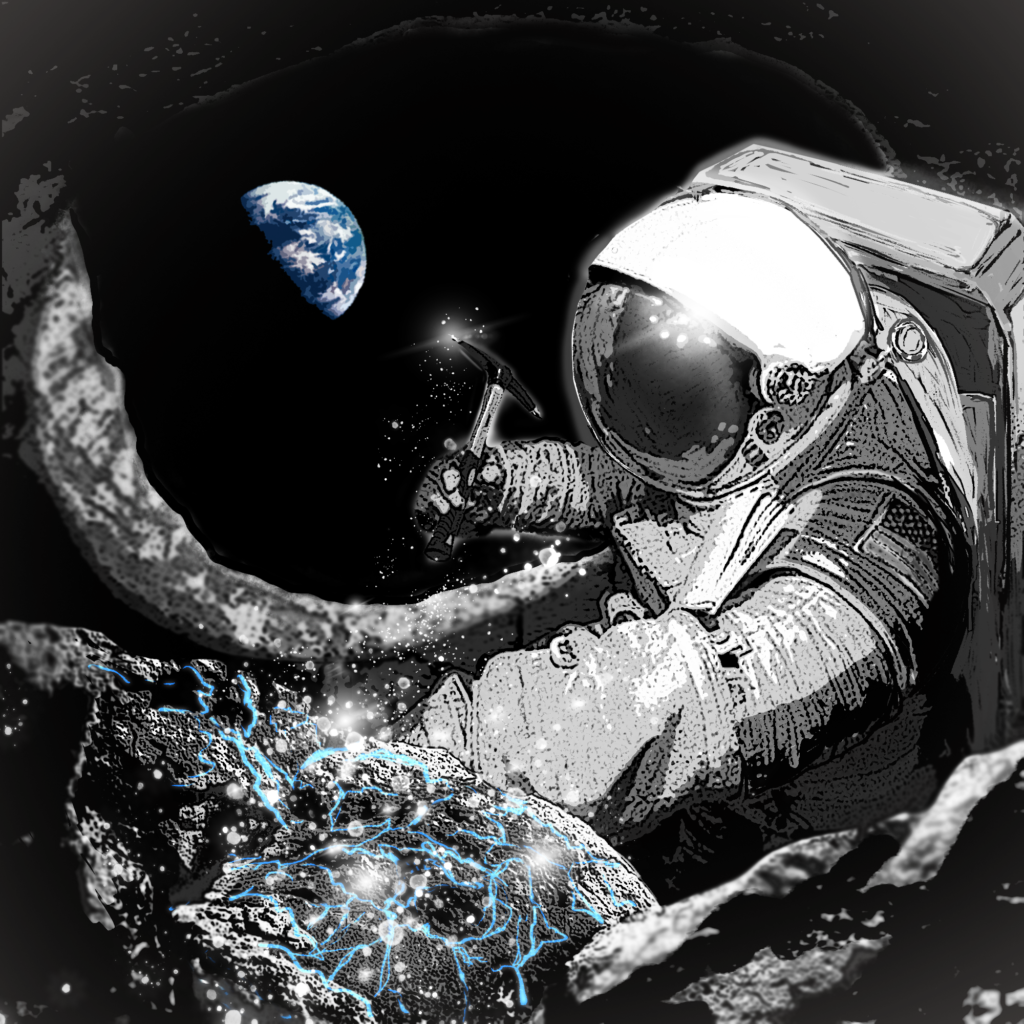Posts Tagged ‘atmosphere’
Invisible forces: Gravity of the (Venus) situation
What goes up must come down, right? Well, what if things go up and come down slightly slower than you might expect? Are there balloons attached? Filled with helium?
Are you on Venus?
Read MoreInvisible forces: Through the cloud of atmospheric aerosols
If you’re a scientist in an oceanography department, you’re probably studying the ocean, right? Well, part of your job might be studying things like phytoplankton, the tiny oceanic powerhouses that play a crucial role in our planet’s ecosystem. But how about clouds? Oh, and the properties of light, too?
Read MoreInvisible forces
We’re journeying into the mysterious world of invisible forces that shape our lives in ways we often overlook for our next series! Join us as we, explore nuclear energy, feel the pull of magnetic fields, and more.
Read MoreFieldwork rocks: Icy balloons & (natural) gaseous fumes
What do Antarctica, Nepal, South Korea, and rural NE Pennsylvania all have in common? They’re all places where Doug Goetz of UC Boulder’s Laboratory for Atmospheric and Space Physics has done fieldwork.
Read MoreSolving for climate: Earth’s next top (climate) model
We all know the saying “history repeats itself” but to what extent is that true when it comes to Earth’s climate? In order to understand and even predict future climates, transitions from one historical climate state to another can be mathematically modeled by atmospheric scientists like Dr. Matthew Huber.
Read MoreOne giant leap: For meteorology & climate communication
As a leading international expert in weather and climate and Georgia Athletic Association Distinguished Professor of Geography and Atmospheric Sciences at the University of Georgia, James Marshall Shepherd knows a lot about climate, and just as importantly, how to talk about it.
Read More36-Spaceship Earth: Overseeing space…& Earth
When Christa Peters-Lidard cold-called the head of NASA’s hydrology lab as an undergrad, she wasn’t thinking she’d eventually land that very position. Now as the Acting Director for Sciences and Exploration at NASA’s Goddard Space Flight Center, Christa oversees several critical programs – either orbiting, like the James Webb Telescope, or currently in development – by ensuring scientists have the resources they need for a successful mission.
Read More23-Storied careers: Auroras, deadly radiation, and Earth’s long-term future
With a heliophysics career spanning across nearly five decades, Thomas Earle Moore has always been fascinated by the Sun’s relationship with the Earth and how that relationship affects life on our planet.
Read More18.5-The (not so) secret histories of scientists
Science is all about experimentation, discover, and sharing those results. But what happens behind the scenes? What stories do scientists have to tell that don’t make it in the manuscript or the classroom lecture?
Read More17-Ice: Stolen moon ice
When you think of ice, you might imagine glaciers, the North Pole, a clink in your water glass. But it turns out that our closest neighbor in space isn’t just a dusty ball—the moon has ice tucked away in deep craters at each of its poles. On top of that, scientists think the moon stole its ice: from comets, asteroids, maybe even from the Earth.
Read More
